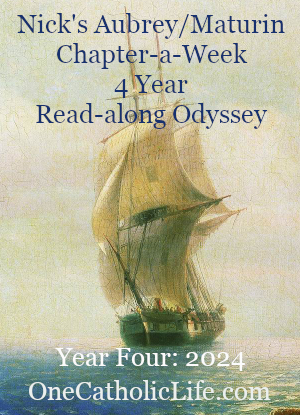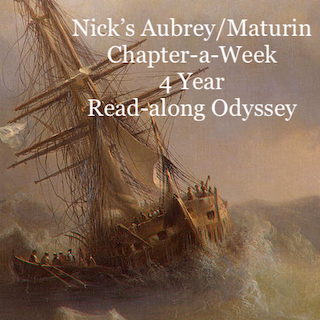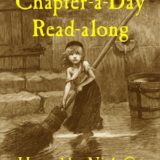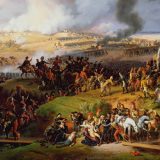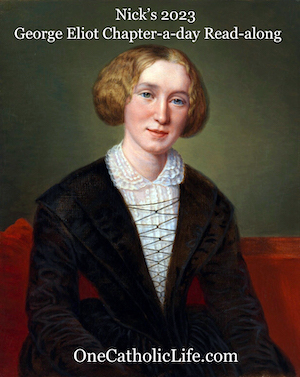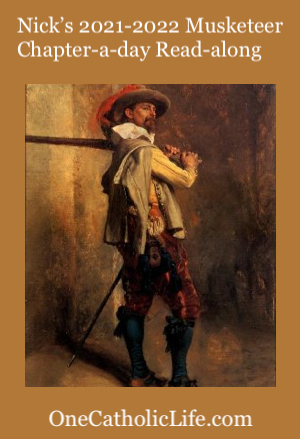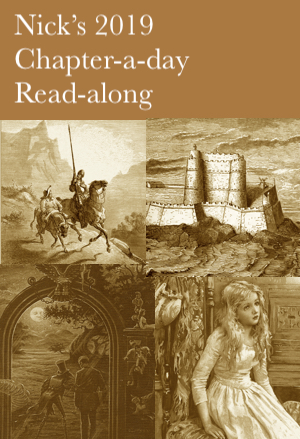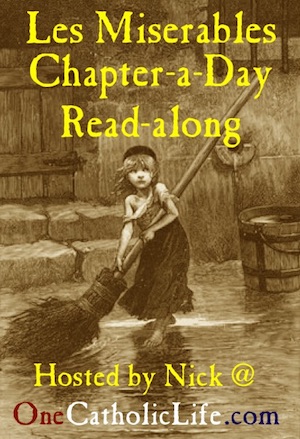Classics Club #18: Twenty Years After by Alexandre Dumas
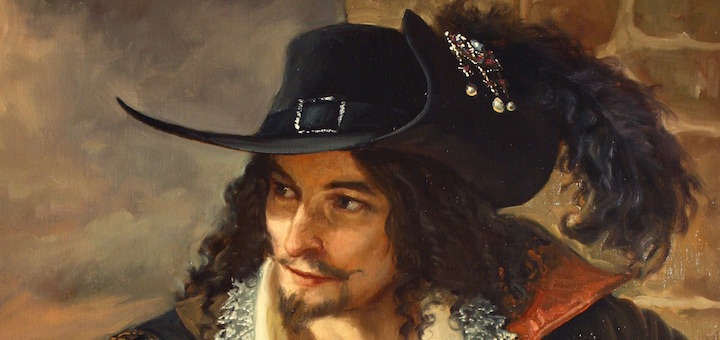
The Three Musketeers by Alexandre Dumas is one of my favorite all-time books. I might even put it up there with the likes of The Lord of the Rings, Master and Commander, and Don Quixote. And like the characters in those other books, the characters in The Three Musketeers are old friends of mine. I love hanging out not only with D’Artagnan, Athos, Aramis, and Porthos, but also with their servants Planchet, Mousqueton, Grimaud, and Bazin.
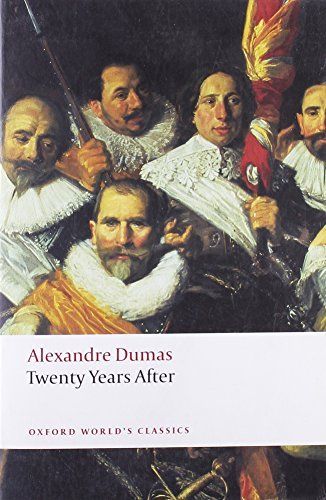 I’ve read the book maybe three of four times in my life, most recently in December of 2015, and it was after that reading that I found out about the sequels. It took me quite awhile to sort them out, though, because they have been packaged and repackaged in several editions over the years, with several different names. The most famous of the sequels is The Man in the Iron Mask, but it’s actually the last in the series. Here are the D’Artagnan Romances (as they are called), as currently published by Oxford World’s Classics:
I’ve read the book maybe three of four times in my life, most recently in December of 2015, and it was after that reading that I found out about the sequels. It took me quite awhile to sort them out, though, because they have been packaged and repackaged in several editions over the years, with several different names. The most famous of the sequels is The Man in the Iron Mask, but it’s actually the last in the series. Here are the D’Artagnan Romances (as they are called), as currently published by Oxford World’s Classics:
- The Three Musketeers (704 pages)
- Twenty Years After (880 pages)
- The Vicomte de Bragelonne (768 pages)
- Louise de la Vallière (768 pages)
- The Man in the Iron Mask (656 pages)
Though it looks like there are five books in the series, there are really only three: The Three Musketeers, Twenty Years After, and The Vicomte de Bragelonne: Ten Years Later. But The Vicomte de Bragelonne is so long it is divided into three volumes, the last of which is The Man in the Iron Mask.
When I was making my Classics Club list, the first titles I put on it were the D’Artagnan sequels, so eager was I to read them. I plan on reading one each year from 2018-2021.
It was with great anticipation, then, that I began Twenty Years After. I have to admit, though, that I was a little worried. After all, the story takes place twenty years after the events of The Three Musketeers, and the characters would be, well, old. How active could they be compared to when they were young and spry?
I’m happy to say that my worries were all unfounded. Yes, the musketeers are twenty years older, but they’re still in their early forties and just as energetic as ever, if a bit wiser. Twenty Years After was a great story, almost as entertaining as The Three Musketeers. Nearly all the elements were there from the original: the action, the humor, the intrigue, the history. The antagonists weren’t quite as compelling as in The Three Musketeers, but then it’s hard to top villains like Cardinal Richelieu and Milady.
The story takes place in France and England around the year 1650 when Louis XIV is still a child and the English Civil War is coming to an end. Queen Anne of Austria is regent of France, assisted by First Minister Cardinal Mazarin, and Charles I contends with Oliver Cromwell for control of England. D’Artagnan and the three musketeers find themselves drawn back into the unstable political climate and at the center of the hurricane in both France and England.
All in all, I was thrilled with Twenty Years After, and I’m eagerly looking forward to the other books in the series. If you’re a fan of The Three Musketeers, don’t pass this book by.
Twenty Years After by Alexandre Dumas
Originally serialized in 1845
Kindle edition Oxford World’s Classics
Print length: 880 pages

